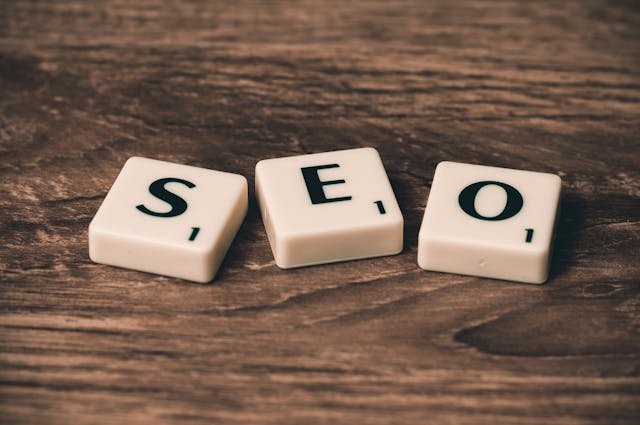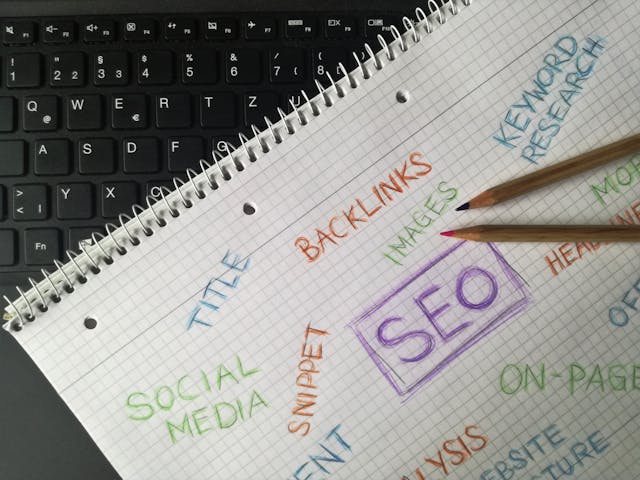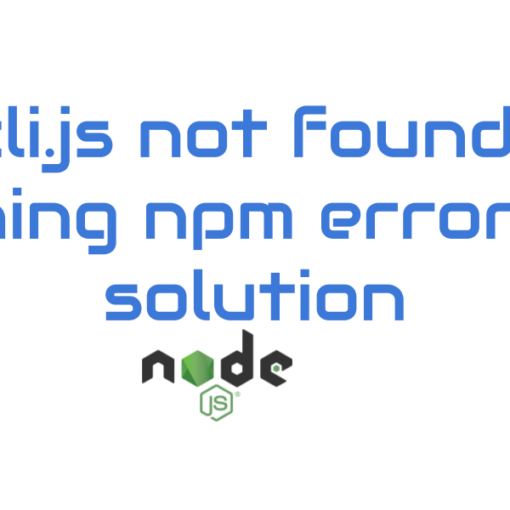“Do I need to tick that little ‘nofollow’ checkbox every time I link to something?”
If you’ve ever asked yourself this while editing a blog post or page in WordPress — you’re definitely not alone. I’ve been there too.
In fact, while updating some old content on my site recently, I ran into this exact question. I realized how easy it is to overlook, misunderstand, or just shrug off something as powerful (and misunderstood) as the humble nofollow tag.
So, I decided to pull together a practical, no-fluff guide on when you should — and shouldn’t — add nofollow to external links. And while we’re at it, we’ll also cover how keeping an eye on who links to you is just as important.
Let’s get into it.

🔎 What Does “nofollow” Actually Mean?
When you add rel="nofollow" to a link, you’re basically telling search engines:
“I’m linking here, but I’m not vouching for this content — don’t count it as a vote of trust.”
So while your readers can still click the link as usual, search engines won’t pass along any SEO value (also called link equity) to the destination.
It’s like referencing something in a conversation but whispering, “…but don’t quote me on that.”
🧱 Understanding Link Equity (a.k.a. “Link Juice”)
This is where it gets interesting.
When you link from one page to another, you’re passing along some link equity — essentially, SEO trust or “vote of confidence.” That helps the linked page potentially rank higher in Google.
But if you use nofollow, you’re cutting off that vote. You’re saying:
“Hey, this is a link for users to check out, but I don’t want to boost it in search rankings.”
There are times when this is a smart move — and times when it’s overkill.
✅ So… When Should You Use nofollow?
Here’s a ready reckoner you can refer to. These are common sites people often link to — and whether or not you should use nofollow.
| Website | Add nofollow? | Why? |
|---|---|---|
| Wikipedia | ❌ No | Highly trusted, educational, boosts your credibility |
| Google Search Results | ✅ Yes | Dynamic, low-value pages not meant for linking |
| Google News | ❌ No | Reputable source, useful to readers |
| YouTube | ❌ No (usually) | Authoritative; only use nofollow if linking to questionable content |
| Quora | ✅ Usually | UGC, lower editorial standards |
| ✅ Usually | UGC; content varies in quality | |
| Facebook, Twitter/X | ✅ Usually | Mostly user content, not ideal for SEO trust passing |
| ✅ Usually | Mostly user-generated content | |
| Medium | ❌ No | Editorial quality content (case-by-case basis) |
| Amazon | ✅ Yes | Commercial site; may imply promotional intent |
| Affiliate Links | ✅ Yes | Required by Google guidelines — always mark as nofollow or sponsored |

🔁 My Personal Rule of Thumb
Here’s how I handle things on my own site:
- I don’t add
nofollowwhen linking to educational or authoritative sites like Wikipedia, Stack Overflow, GitHub, or official news sources. - I do use
nofollowfor links to Quora, Reddit, social media, affiliate programs, or any site that feels promotional or unmoderated. - For internal links (within my own site), I never use
nofollow— that’s valuable link equity I want to keep in the family!
📌 What About WordPress? Should You Uncheck the Box?
Yes — if you’re linking to a trusted site (like Wikipedia or YouTube), you can safely uncheck the “Add ‘nofollow'” option in the WordPress editor.
That lets the link pass SEO value, which is a good thing for helpful, credible sources.

👀 Don’t Forget to Monitor Your Incoming Links Too
While we’ve been focusing on outbound links — there’s a whole other side of the equation: who’s linking to you.
Why does this matter?
- Good backlinks boost your SEO.
- Spammy backlinks can hurt your rankings.
- Monitoring them helps you find new opportunities — or stop problems before they snowball.
🔍 Free Tools to Check Your Backlinks
Here are some beginner-friendly (and free) tools to get started:
| Tool | Use It For | Link |
|---|---|---|
| Ahrefs Free Backlink Checker | Top 100 backlinks to any domain | ahrefs.com/backlink-checker |
| Ubersuggest (by Neil Patel) | Domain overview and backlink data | neilpatel.com/ubersuggest |
| Google Search Console | See who links to your site (free + reliable) | search.google.com/search-console |
🛠 What to Look For:
- Are the backlinks from relevant and trustworthy sites?
- Is any spammy domain linking to you repeatedly?
- Are some blog posts getting more links than others? That’s content you may want to expand or repurpose.
💡 Pro tip: If you find bad backlinks, you can disavow them using Google’s disavow tool — but only if they’re truly toxic and affecting your SEO.
🎯 Final Thoughts: Be Thoughtful, Not Fearful
Adding nofollow isn’t something to obsess over — but it is something to be intentional about.
Use it when:
- You’re linking to unmoderated or questionable content.
- You’re inserting affiliate or promotional links.
- You want to reference a site without vouching for it.
But don’t be afraid to link out to reputable sources. It helps users, builds trust, and Google actually appreciates helpful outbound linking when it’s done naturally.
💬 Got Questions?
Still confused about whether to nofollow a particular link?
Drop it in the comments — or reach out directly. I’d love to hear how you manage external links on your site!
Do checkout our other blogs on WordPress category. You will like them too.




